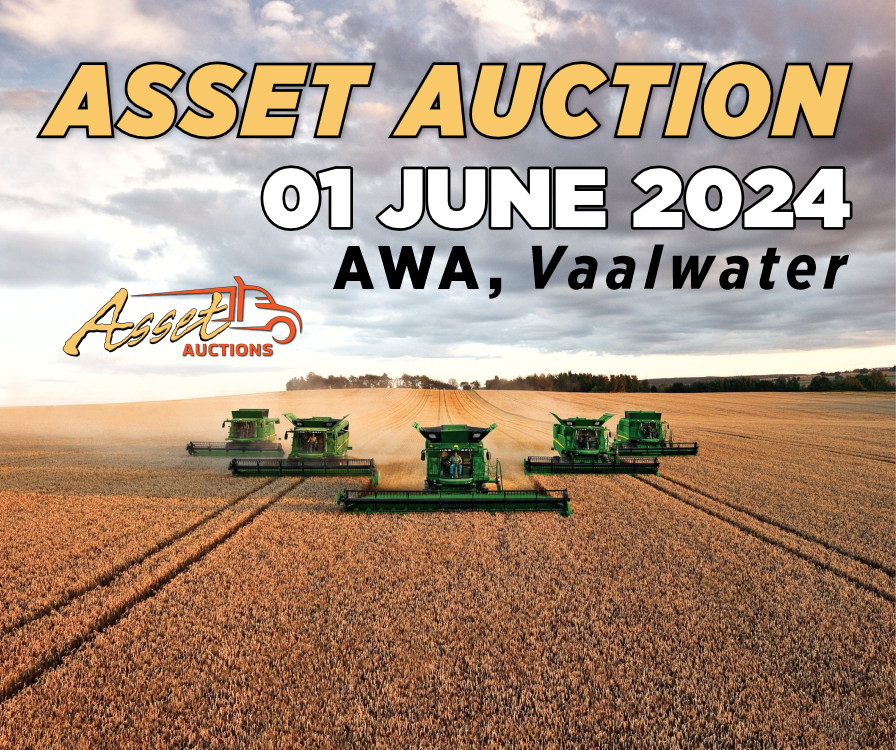Parasite Management
Housing should be thoroughly cleaned before being occupied by new birds.
Whereas external parasite management might have been neglected in the past, it now forms an essential part in raising happy healthy birds.
Prevention Tips
Production premises should be inspected regularly to identify external parasites.
Birds and their premises should be inspected regularly to identify problems before they get out of hand. The best time to scout for avian lice is during the day, while night time is best for identifying red mite and tick infestations. Identifying red mite problems is however quite trick, with infestations usually only becoming evident once there is a large population.
Spotting ticks, on the other hand, is quite easy when they are filled with blood. During inspection, part the feathers of the bird. Adult lice are usually spotted crawling around the base of the feathers, while clustered lice eggs are spotted on feather stems. Lice specifically like downy feathers under the wings and around the vent, so these should be the first places to check for them.
Scaly leg mites only affect the legs, while northern fowl mites are usually found around the vent of birds. Large infestations will cause blackening of feathers because of mite pings and eggs. Fleas tend to be a seasonal problem, occurring mostly during temperatures. It might therefore help to treat birds preventatively, especially during warmer months. Under some conditions, however, there seems to be no seasonality associated with infestations.
Take care not to introduce infested birds into flocks. New birds should be thoroughly inspected, treated for parasites and kept away from the existing flocks, in quarantine, for several weeks to ensure they do not carry any risks. Keep dogs, cats, birds and other animals that might carry these parasites away from the production area.
Dust bathing and grooming are nature’s way of dealing with these pests. Debeaked birds, birds with overgrown beaks and those with no access to dust baths are at a higher risk of infestation. Use wood ash in dust baths. Wood ash helps to smother and dislodge external parasites, while also cleaning the body of oils, debris and dust that some parasites feed on. The ash can be mixed with sand or peat moss and placed in an old tin or plastic bath that is easy to clean.
Houses or cages should be cleaned regularly, and if possible disinfected after each production cycles. Some farmers recommend the planting of certain repelling herbs around the production area or using these herbs in nesting boxes. The list of herbs includes lavender, bay leave, marigold, eucalyptus, oregano, peppermint, wormwood and spearmint.
Preventative sprays might be necessary in areas where ticks problems are common.
Management Tips
Use registered products for treating problems and use these products according to instructions. The KwaZulu Natal Department of Agriculture and Environmental Affairs in its Household Chicken Production manual recommends the use of Karbadust to control lice, mite and tick infestations on birds.
Producers are advised to put the infested bird in a bag with its head sticking out, add the Karbadust and then gently shake the bag to dust the bird. It should only be used on the birds and not in the cages or houses.
For scaly leg mites, the Department recommends the rubbing in of Benzyl Benzoate. It can be bought at chemists where it is known as Ascabiol, which is usually used for treating scabies in children.
In most cases, it is not enough to only treat the birds, the surroundings also have to be cleaned to eradicate adults, larvae, pupae or dormant eggs that might be hiding in crevices or nests. A registered products should be used and the treatment should be repeated, according to product specifications, to ensure successful elimination. Hiding places, such as cracks and crevices should also be sealed.
To prevent ticks from climbing onto birds, pastures and grass should be treated and weeds surrounding the poultry house should be removed.
Special Considerations
Ticks should be removed with care. Attempts to pull a tick off usually leaves the head embedded in the skin, which may lead to infections or abscess.
Damp conditions exacerbate problems with scaly leg mites.
Birds with feathered legs are more prone to scaly leg mite infestations than birds with naked legs. Red mites are very difficult to control, since they can survive for several months without feeding from their host. The best way to get rid of the problem is to get rid of all the birds and to thoroughly clean and treat the coop. Producers in some cases go as far as burning all the nesting and disposable material on the premises.
Scaly leg mites tend to seek new hosts when the body temperature of existing hosts , due to illness or death. Birds with scaly leg mites should therefore be isolated for treatment to prevent the mites from spreading to other birds. In the early stages scaly leg lesions can be treated with a bland oil, such as liquid paraffin.
In more severe cases, the bird’s legs should first be soaked in warm water to soften the scales after which it should be dried and treated by an oily preparation, such as olive oil or vegetable oil, before a registered product is applied. The treatment should be repeated several times a week until the mites have died. Some producers have reportedly had good results using Vaseline to kill these mites.
Care should be taken not to lift the scale on a bird’s leg, as this can cause a lot of pain and damage to the bird.
When in doubt, consult a vet or an extension officer.
Parasites and Lice
In the past, farmers might not have been too worried about external parasites, such as lice, mites, ticks, fleas and flies. However, these pests feed on the blood of birds and by doing so not only cause discomfort, but also have a negative impact on bird health, growth and egg production. In extreme cases it may even lead to the death of birds, with especially chicks and stressed birds being vulnerable.
Birds typically get infested when they get into contact with other infested animals, such as rodents or other birds, or equipment, such as crates. With intensive production systems – where many birds are kept together – farmers have to be especially vigilant, as infestations can spread like wildfire. Farmers who keep free-range or scavenging birds should, nevertheless, regularly inspect birds to identify problems before they get out of hand.
Lice
Avian lice are species-specific, feeding on bits of skin or feather products, so won’t last long on people or mammals. They can nevertheless still bite you, leaving itchy red marks, so it is best to wear protective clothing and gloves while treating birds for this pest.
What do they look like?
Various species exist, each with their own preference for a specific area on the bird, from the feathers to the wings, body or head. They are typically 2 mm to 5 mm long, wingless, six legged, flat and range from light yellow to brown in colour. Nits or eggs might be greyish-white to straw-coloured and are laid in clusters.
Signs of infestation?
Birds with lice will look bedraggled and dull. Their feathers might be ruffled and fall out and they will be uncomfortable, scratching and pecking at themselves in search of relief. Skin irritations may turn into secondary bacterial infections.
Heavy infestations will have a negative impact on the reproductive potential of male birds, egg production in females and weight gain of chicks. It may also lead to the death of especially young chicks.
Fleas in Poultry
Like cats and dogs, poultry birds can also get fleas.
What Do They Look Like?
These biting parasites may be red, brown or black, depending on the species. Adults are 1,5 mm to 4 mm in length, flat and have well developed back legs that allow easy movement on and between hosts. The females lay up to a 100 eggs a day, on hosts or in cracks and crevices near the hosts. Under favourable conditions, the adult cycle may last for several months.
Larvae may take only two days to hatch from the eggs. They feed on the blood rich faeces of the adults and other organic material. They are are light shy, so primarily live in cracks and in nesting material. Three larval stages exist that can take between nine days to 200 days to complete, depending on climatic conditions.
The full grown larvae is about 6 mm long when it spins itself into a cocoon to later emerge as a pupae. The pupae stage takes seven to 21 days to complete. The whole life cycle can be completed in anything from 18 days to a few months.
Stick tight flea, also known as stickfast flea, are normally found on poultry birds, but they are not fussy about their hosts, so will also attach to the skins of dogs, cats, people and other animals. The females may burrow into the skins of their hosts, until only the backside of their bodies are visible.
They are quite difficult to remove, even after their death, and therefore are often mistaken with ticks. They cause painful bites that are likely to become infected.
Fleas may be visible to the naked eye, they like to attach themselves to the wattles, combs and around the eyes of birds.
Signs of Infestation?
Symptoms of infestation may include constant scratching and shaking as well as small black specks around the eyes, wattles and combs. The birds may lose weight and have bare patches in the feathers. The comb and wattles may also appear anaemic.








